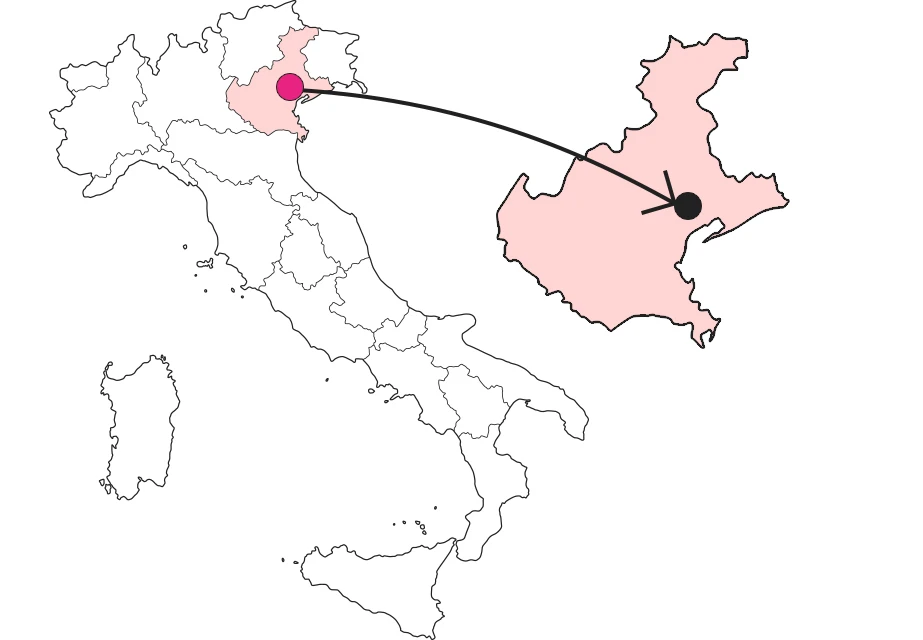SHARRYLAND


Abbey of Sant'Eustachio in Nervesa della Battaglia
It should have been a place of peace, but fate had other plans


Where is

What it is and where it is
It is worth the climb, at times even strenuous, that accompanies this marvel: having reached the top of the hill, among vineyards and expertly cultivated olive groves, the remains of the walls of this ancient Abbey stand as a testimony to a long past. When one sets out for places like this, one usually tries to absorb its peace, its spirituality. There is no denying that one can experience these feelings here as well, but there is more. If you close your eyes and concentrate, you will seem to hear whispers quite different from the subdued prayers of the monks: echoes of pain and violence.
Why it is special
It is precisely these memories, distant but not too distant, that make the extraordinary example of 12th-13th century Benedictine-Romanesque architecture in which we find ourselves extremely special. The Abbey of St. Eustace witnessed centuries of history, so much so that it was home to several well-known figures from every era: among them Pietro Aretino, poet, writer and playwright, and Gaspara Stampa, a poetess born in Padua in 1523. How is it, then, that today we see only a few, scattered remnants? Why is it that, resting our hand on the remnants of the walls, they still seem to tremble, shaken by the terror and outbursts of war?
Not to be missed
The coexistence in this place of peace and war, serenity and fear, ruin and beauty, generates a kind of enchantment, a subdued vibration that amplifies everything it comes in contact with. It is not surprising then that throughout the year, various events are organized in the Abbey : art exhibitions, tastings, outdoor performances in an evocative setting that makes each experience special and unforgettable.
A bit of history
Founded by Rambaldo III of Collalto in the mid-11th century, the Abbey, which was supposed to be a place of peace and prayer, suffered instead many attacks and pillages: from 1229, during the Guelph-Ghibelline war, to the events of the League of Cambrais in 1509. In 1521 the Abbey was finally reduced to a simple place of worship, but this did not save it from Napoleonic raids. The coup de grace was the First World War, when the so-called Battle of the Solstice, which took place between the Piave and the Montello left only rubble and dust. Of the ancient building, in fact, only the walls remained.
Curiosity
This was indeed the birthplace ... of the Galateo! The author, Giovanni Della Casa, having fallen into disgrace in Rome where he aspired to the office of cardinal, retired within the walls of the Abbey of St. Eustace and gave birth to the famous "Trattato de' costumi," called Galateo in honor of the Bishop of Sessa Aurunca who had inspired it, Galeazzo Florimonte.
Enter the Map of Italy's Undiscovered Wonders and find treasures where you least expect it... Inspire, Recommend, Share...
Contact
Collections
The Map thanks:
Enter the Map of Italy's Undiscovered Wonders and find treasures where you least expect it... Inspire, Recommend, Share...
Where is

Contact
Collections


